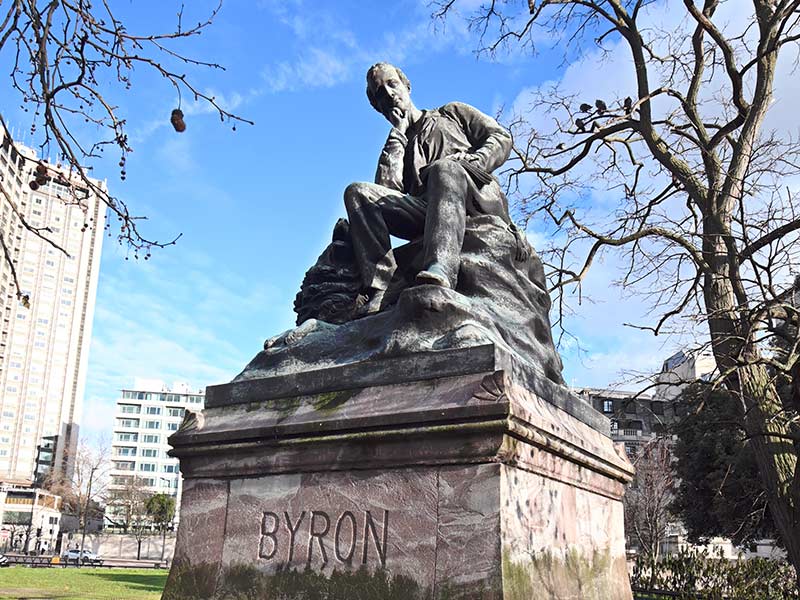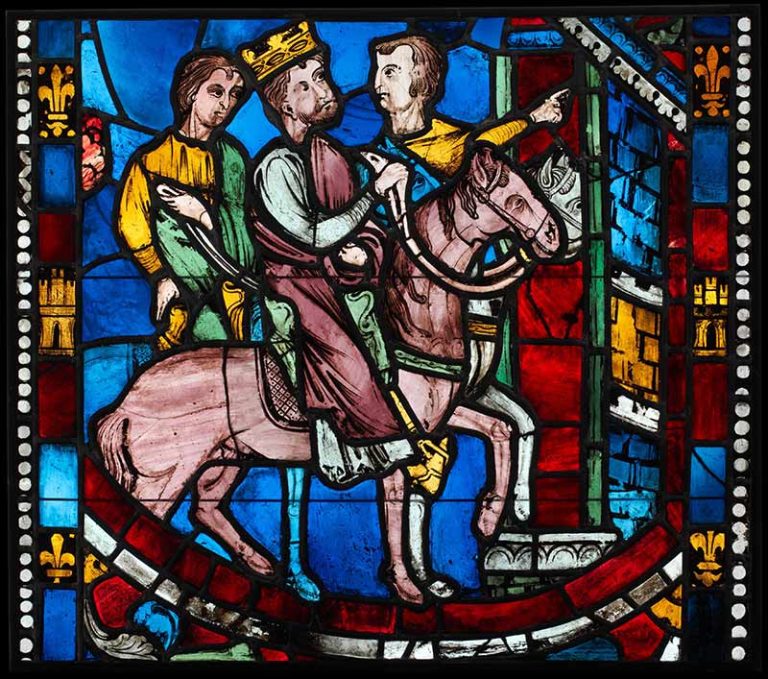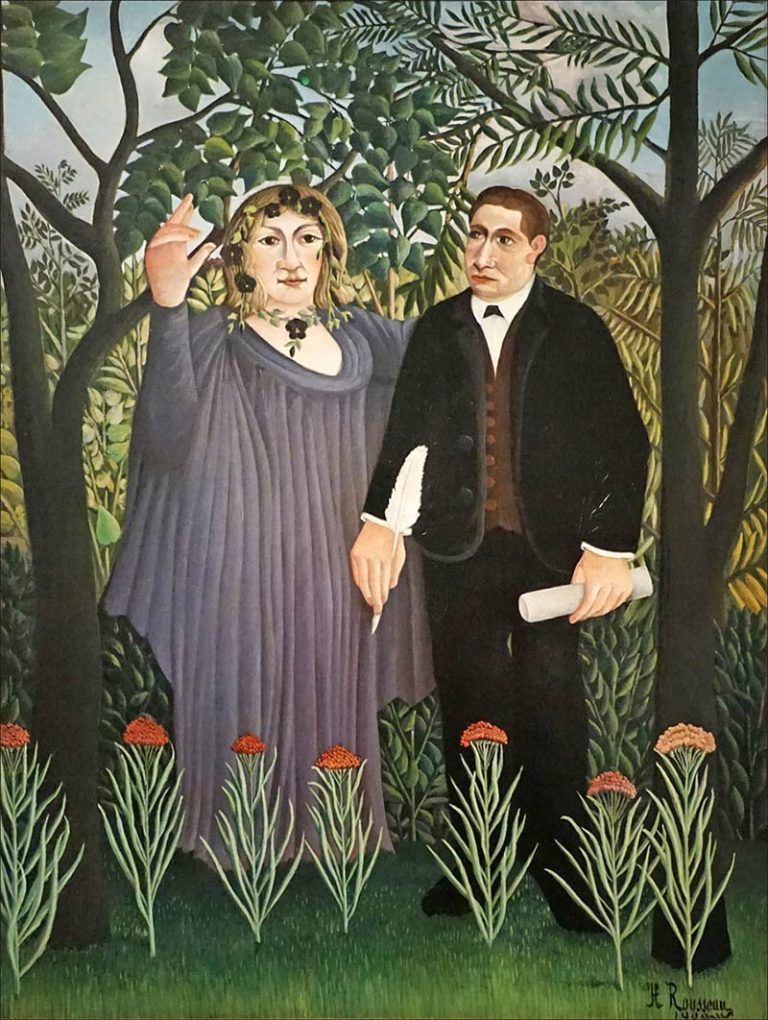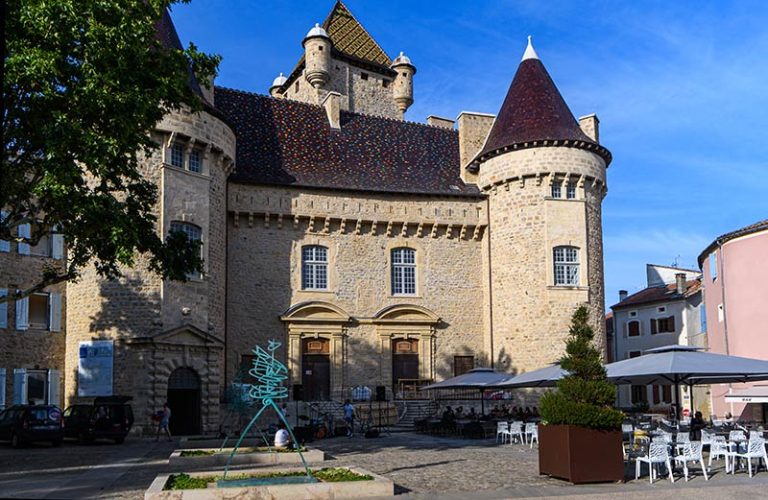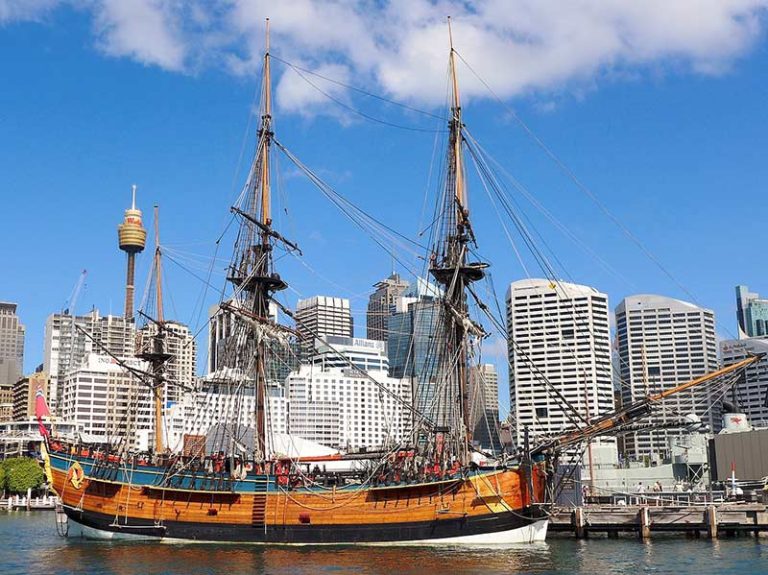London. Lord Byron lovers must risk their lives to admire the statue of the English poet. Flanked on the corner of Hyde Park, in the heart of London, the memorial was erected in Hamilton Gardens in 1880. But the acceleration of road traffic in the 20th century transformed the organization of the roads around the monument to point of cutting it off from the rest of the royal park. A sort of three-lane ring road now separates it from any pedestrian axis.
“This statue was intended as a national monument, permission for which had been granted by Queen Victoria, explains Astrid Treherne, in charge of communications for the Byron Society's project to save this statue. The pedestal had been financed by the Greeks, for whom Byron was a hero. » But in the 1960s, the consideration for historic buildings was not the same. The question of moving the statue was raised, before falling into oblivion. “There used to be a tunnel to access the esplanade where the statue is located, but some people still tried to cross the road, continues Astrid Treherne. There were accidents, so all access was closed. »
As 2024 marks the bicentenary of the romantic poet's death, the Byron Society has mobilized to organize the relocation of the monument. The current Lord Byron, the company's chairman, began work on this project just before the pandemic began. “We then had to find the legal owner of the statue, which was not easy given the British land system, says Astrid Treherne. Last year, the Secretary of State for Heritage, Lord Parkinson, confirmed that the Department for Culture, Media and Sport agreed to take responsibility. The Royal Parks then found a new location within Hyde Park itself, next to Victoria Gate. »
The statue of Lord Byron, surrounded by roads.
© Chloé Goudenhooft
In addition to moving the monument, the project should include restoration work. Due to constant traffic around the bronze statue, the monument's deterioration has accelerated over the past fifty years. However, no maintenance program is currently planned. The project costs around 360,000 pounds (421,000 euros), in particular because of the cost of transporting the pedestal. Charities have already announced their support for the initiative, such as the Heritage of London Trust (HOLT). A crowdfunding kitty was also launched to collect 25,000 pounds (29,200 euros) from the public. “Trinity College Cambridge also gave us money, underlines Astrid Treherne. We still hope to recover public funding through the National Lottery Fund. I think it's just a matter of time we will be able to obtain the necessary funds. » The project also needs to obtain planning permission from Westminster City Council, which is expected to be done during the month of June.
The Byron Society would like to finally add an educational framework to this project, an initiative which could increase the initial budget by 10%. “We are considering the creation of activities around the poet, materials for schools but also a website with the aim of developing cultural tourism around the monument,” says Astrid Treherne.

